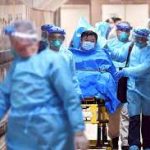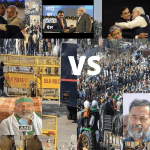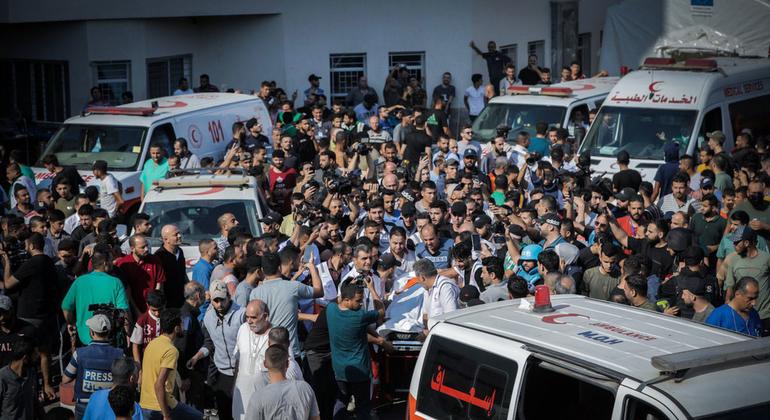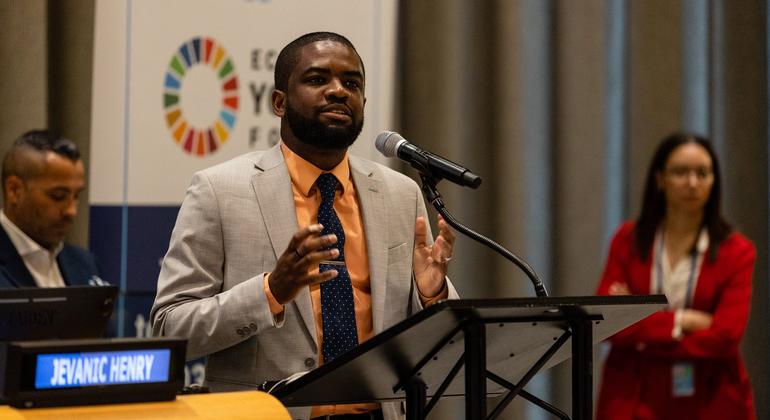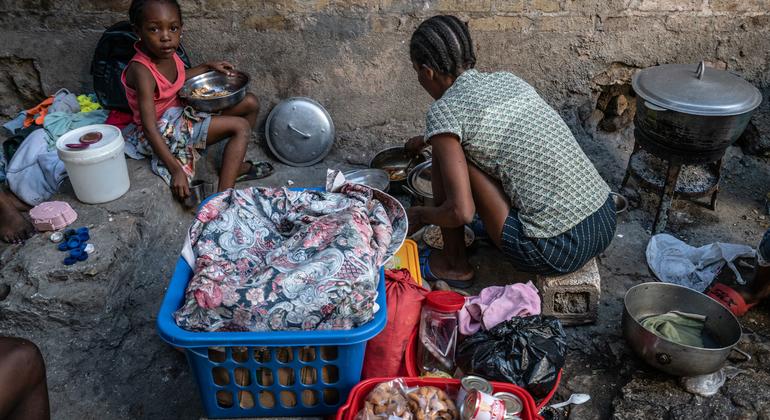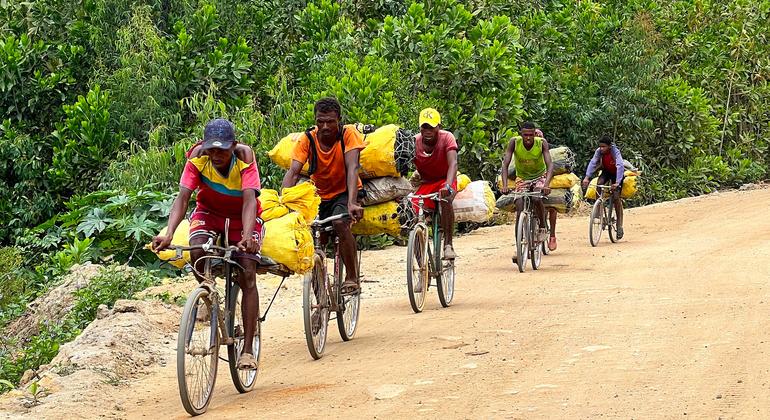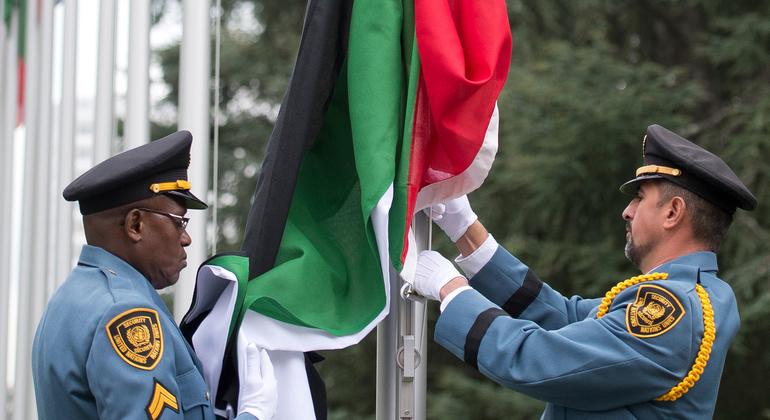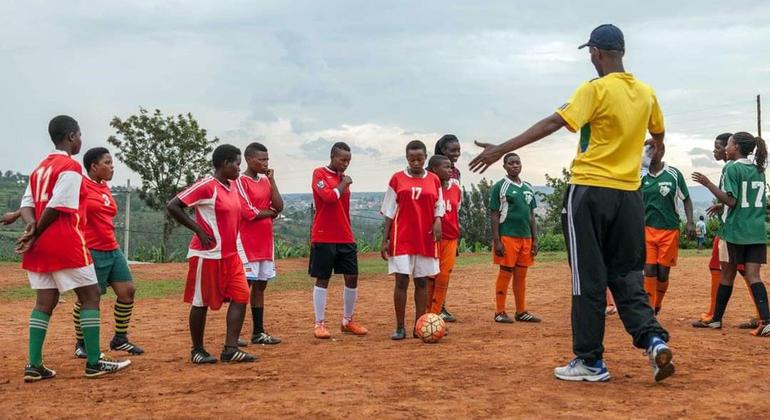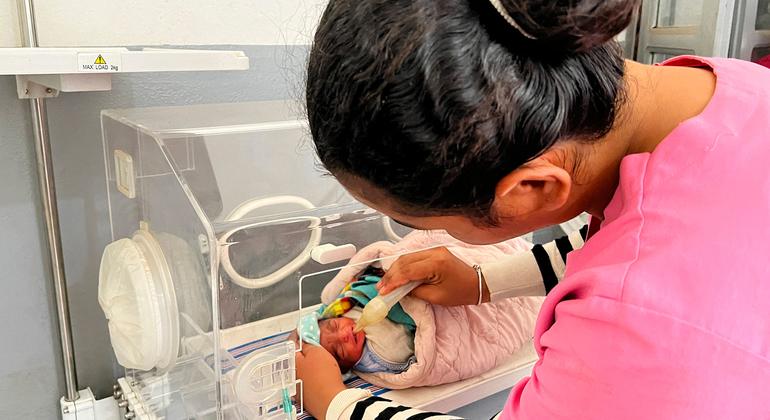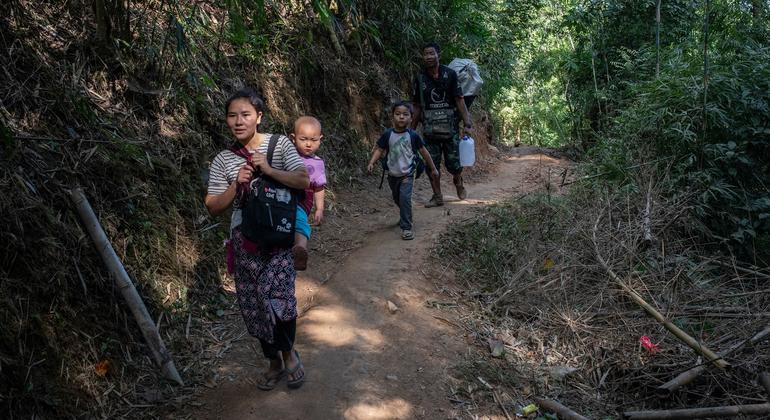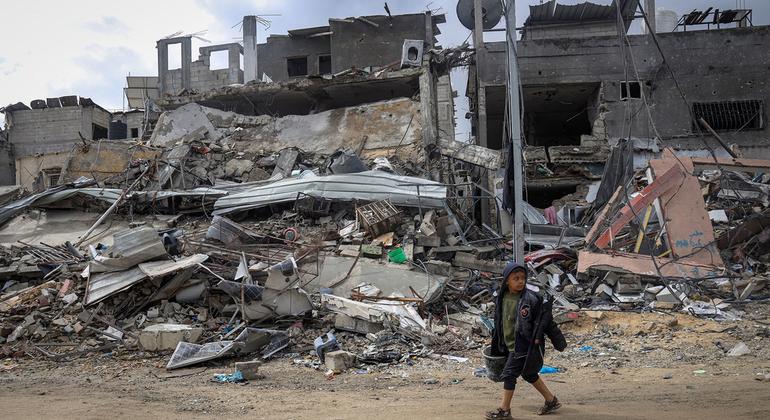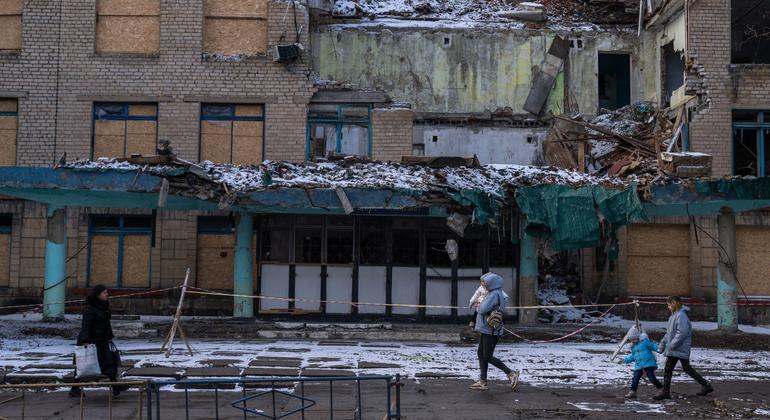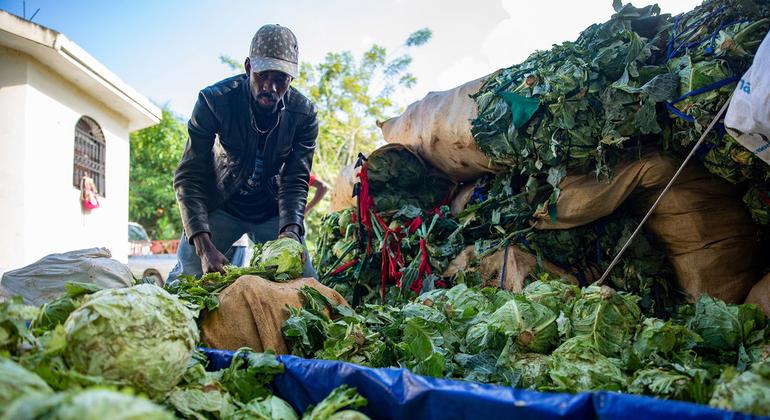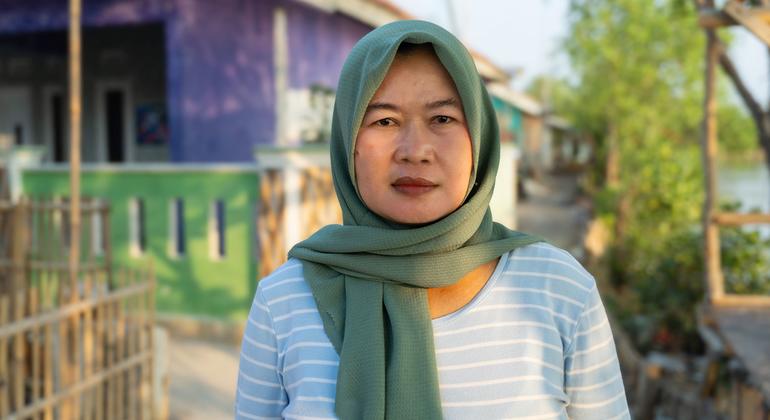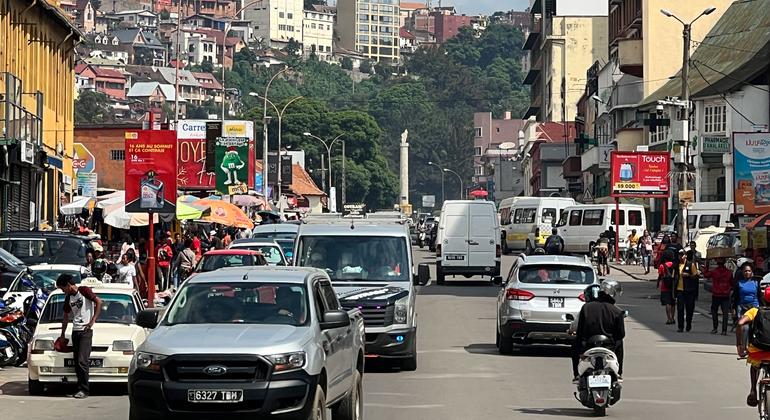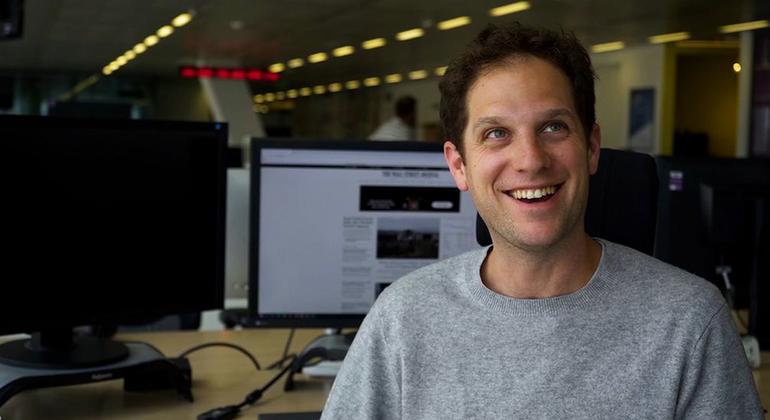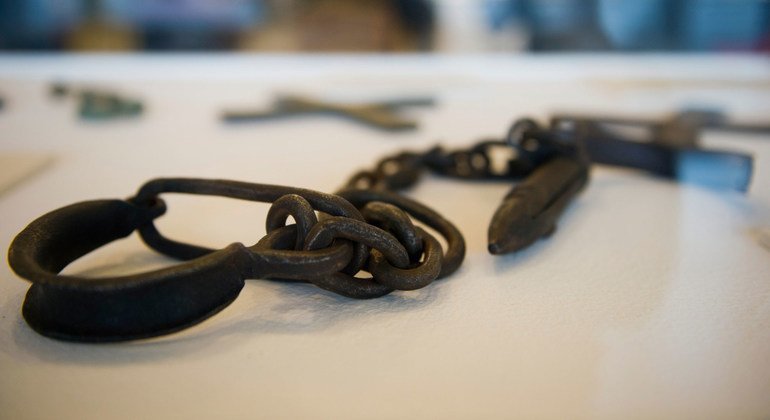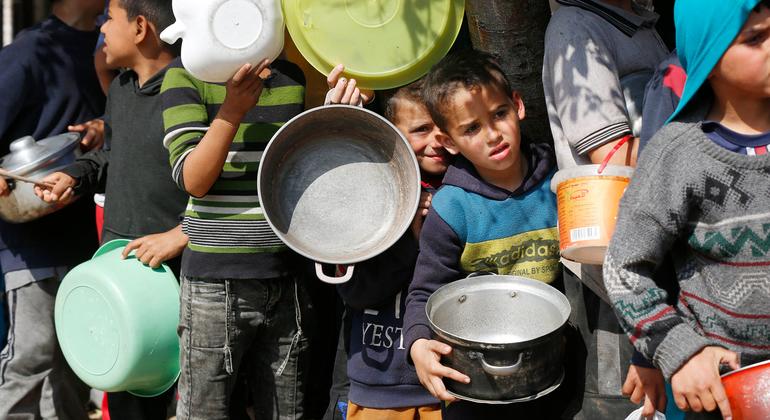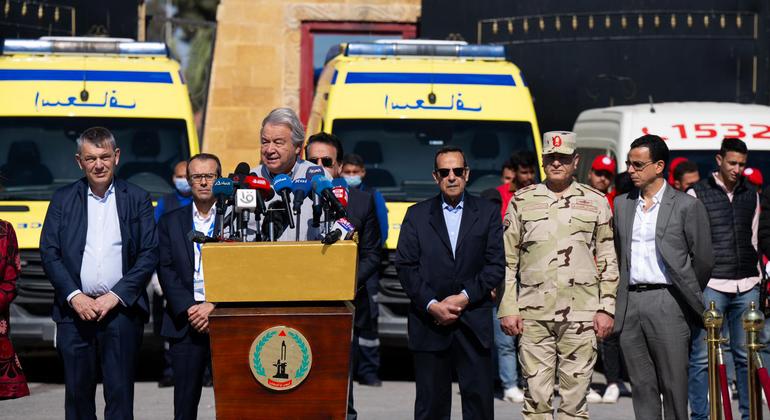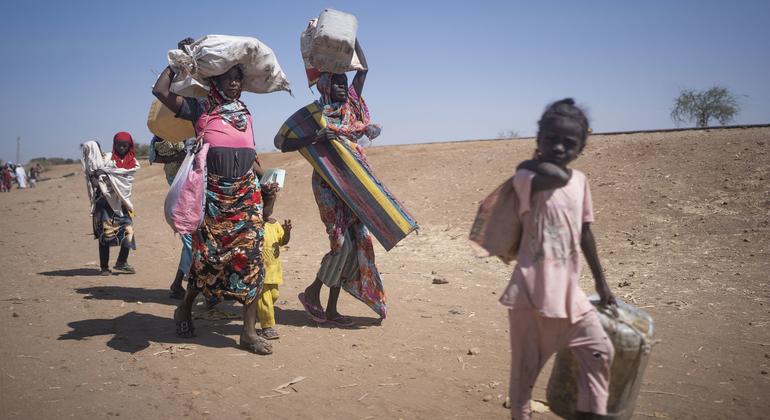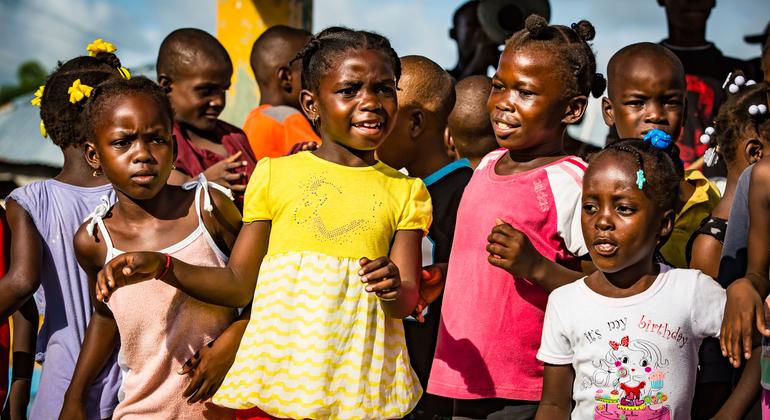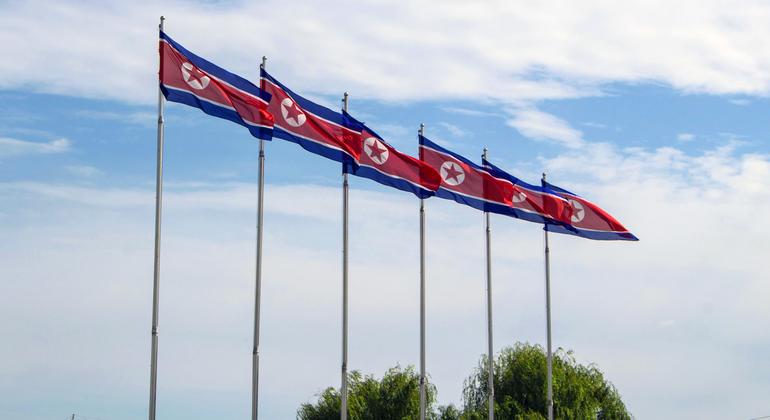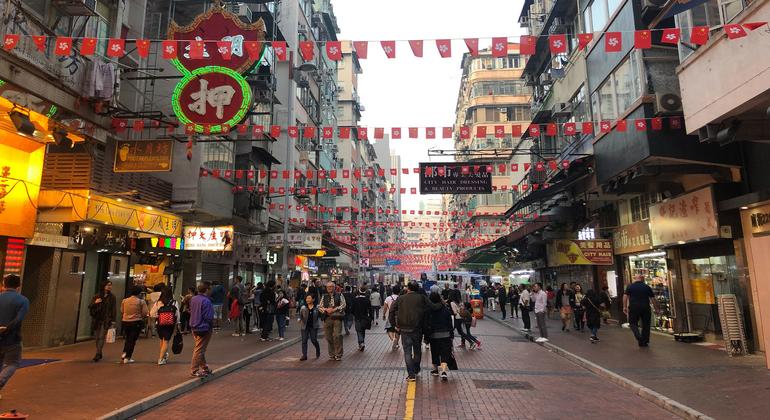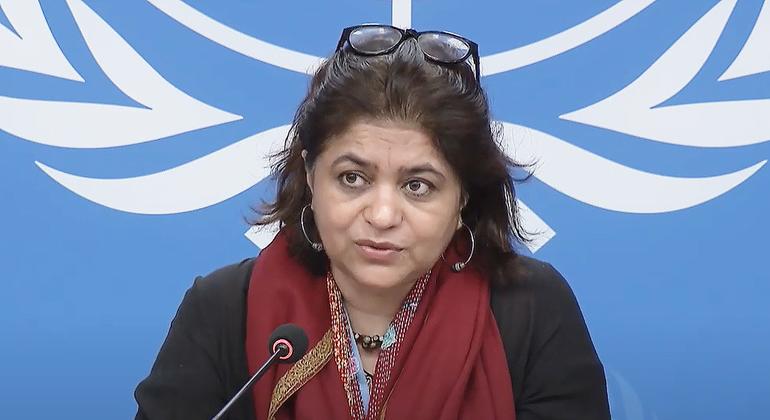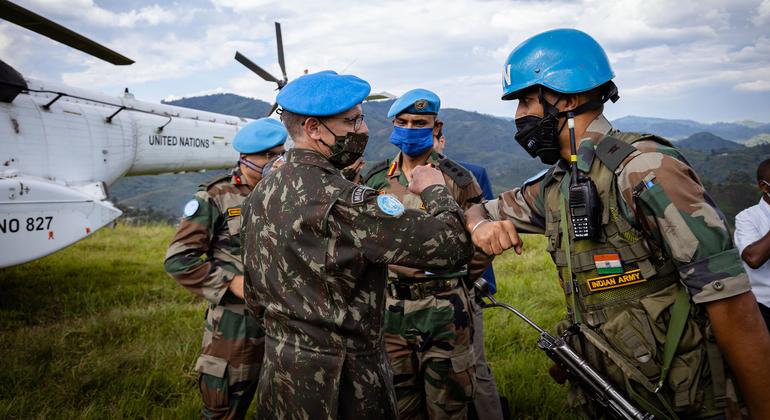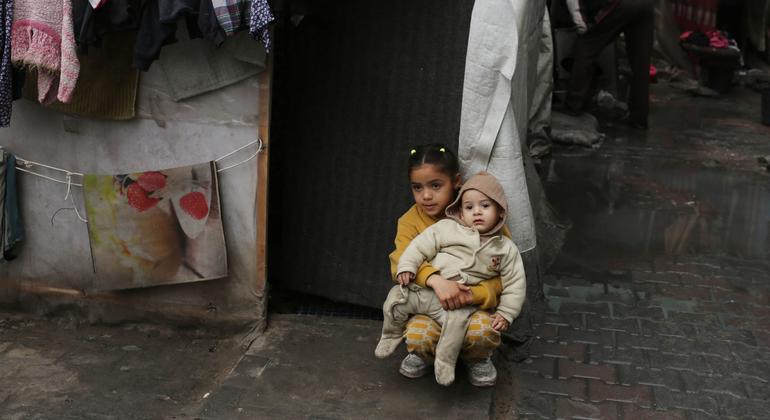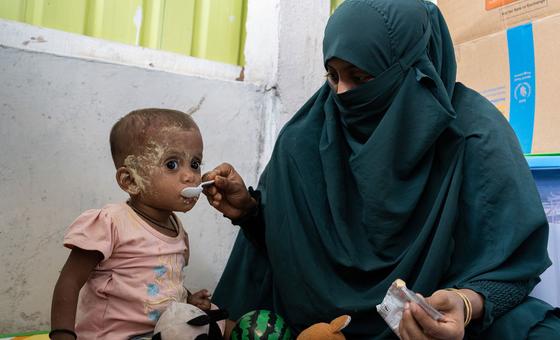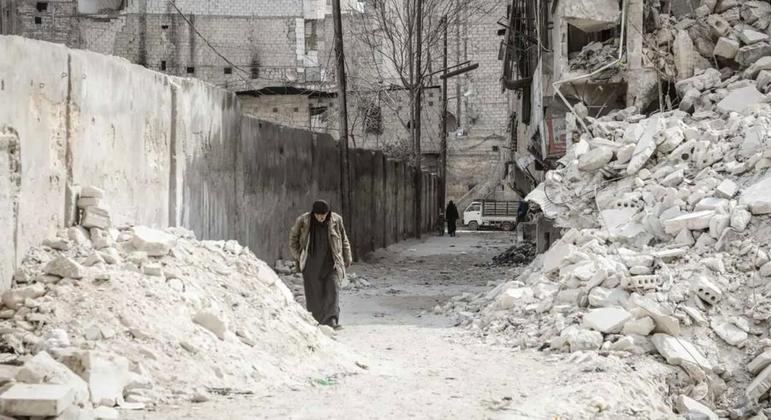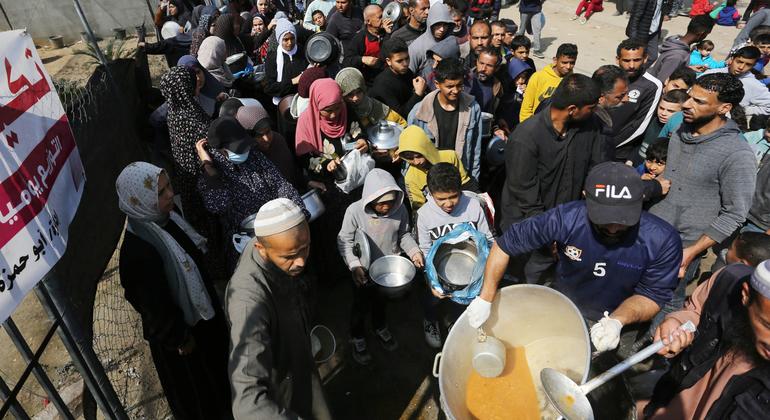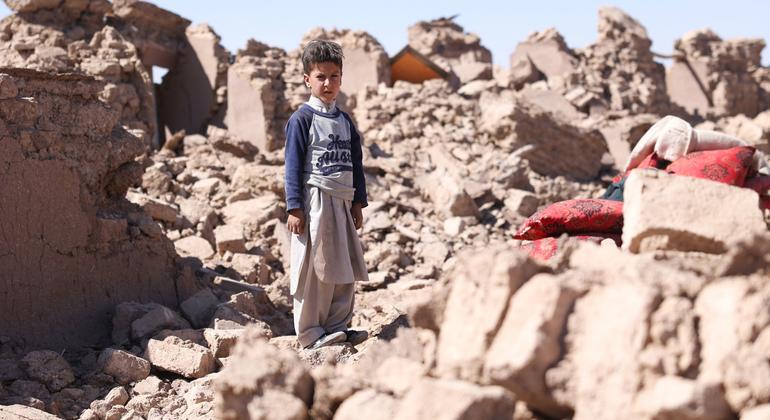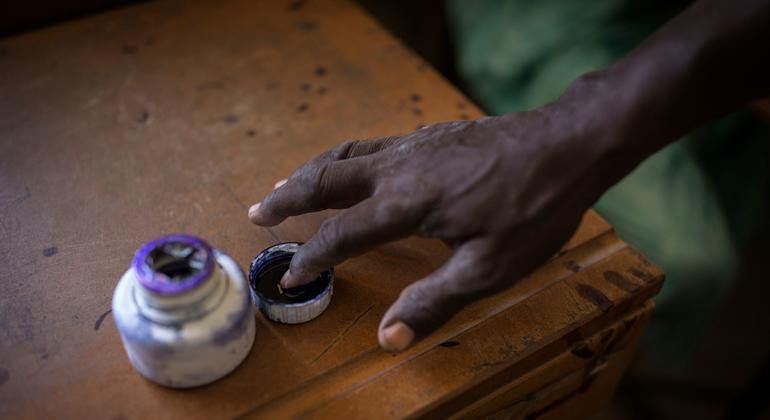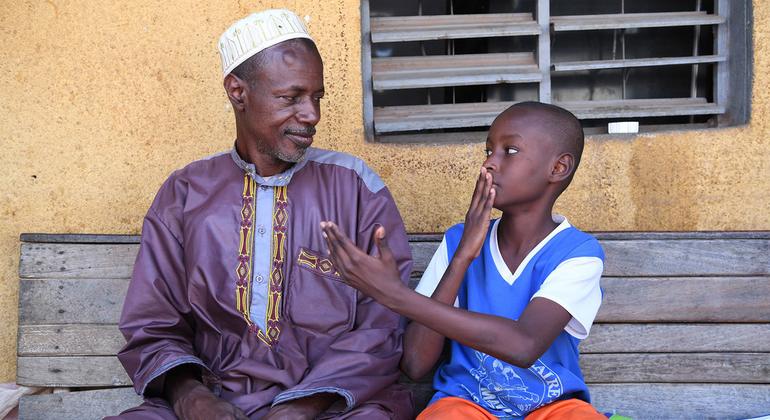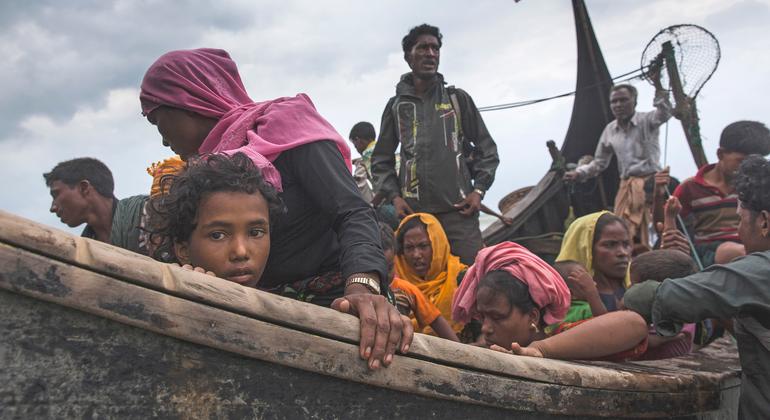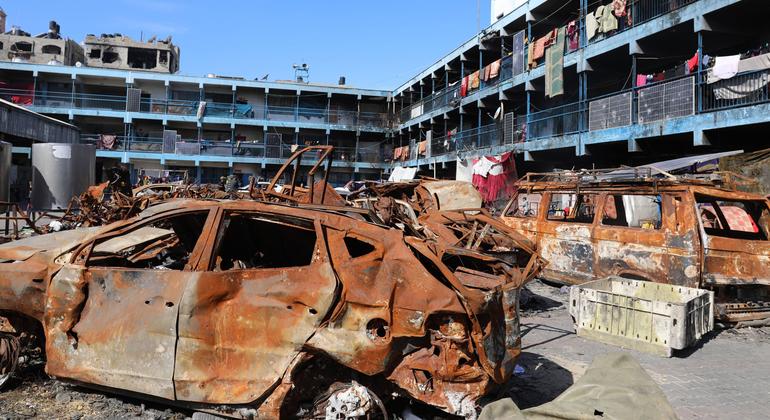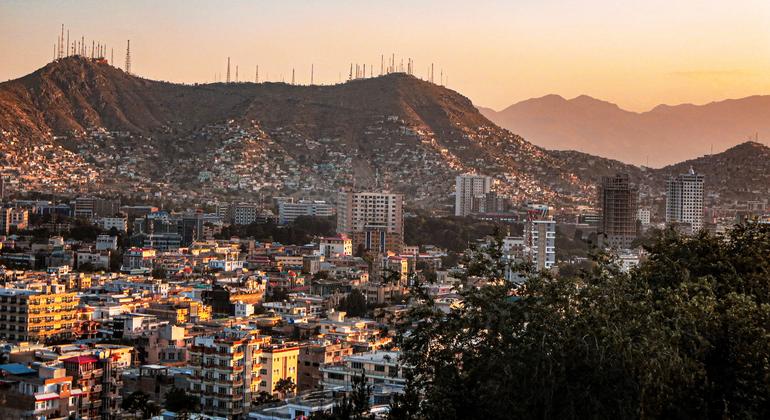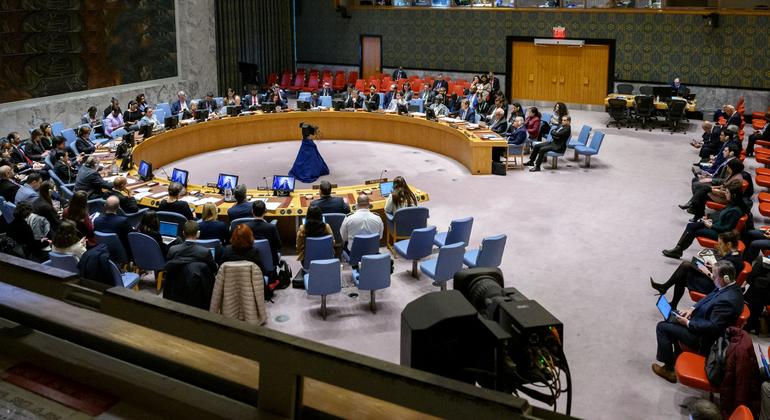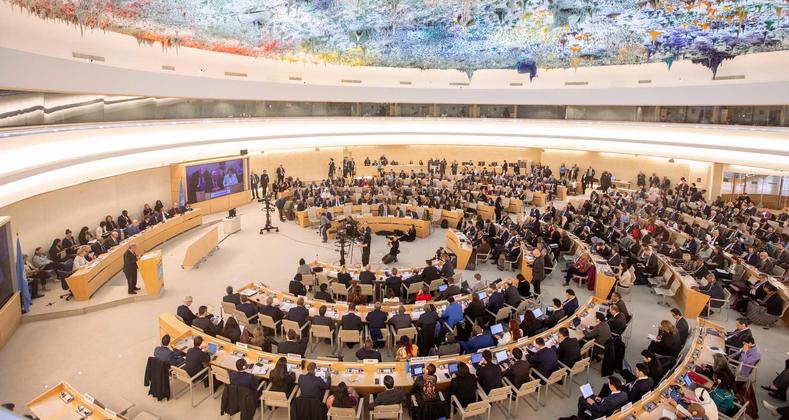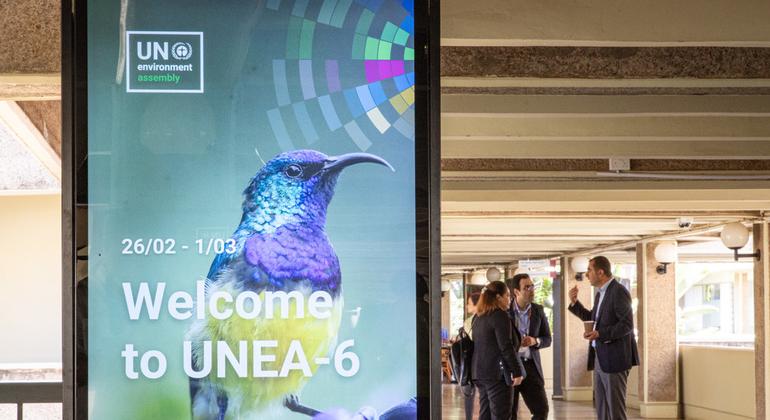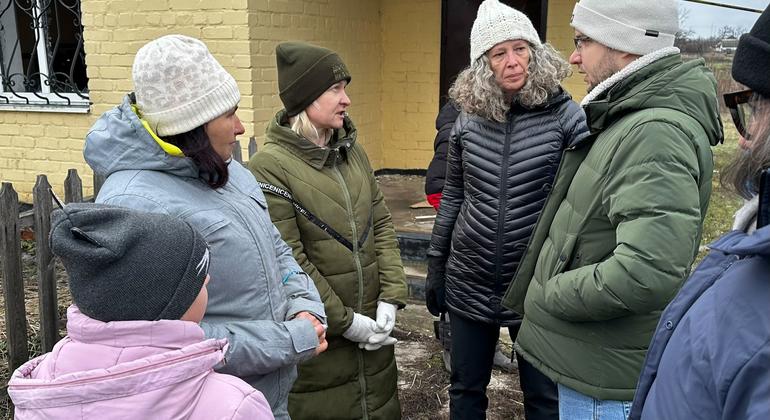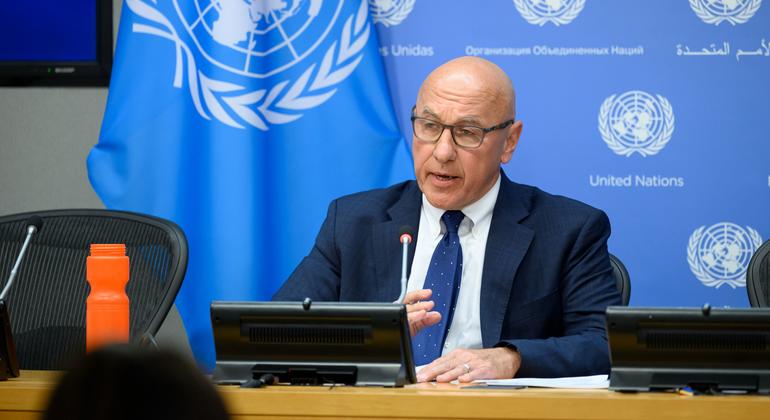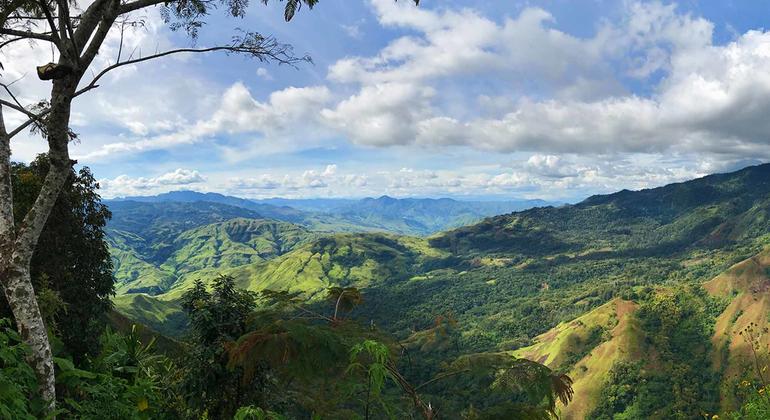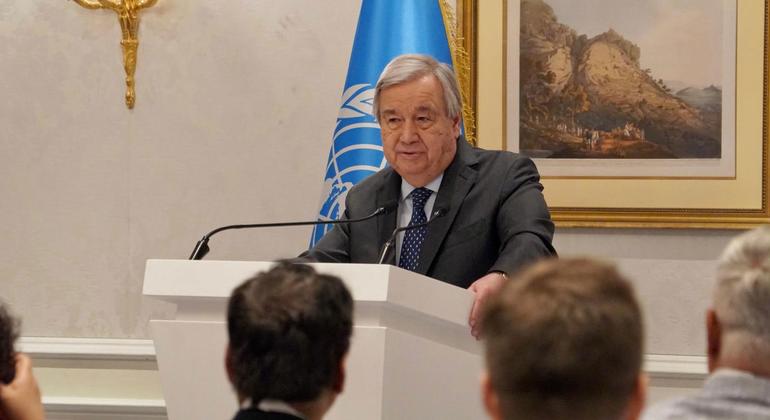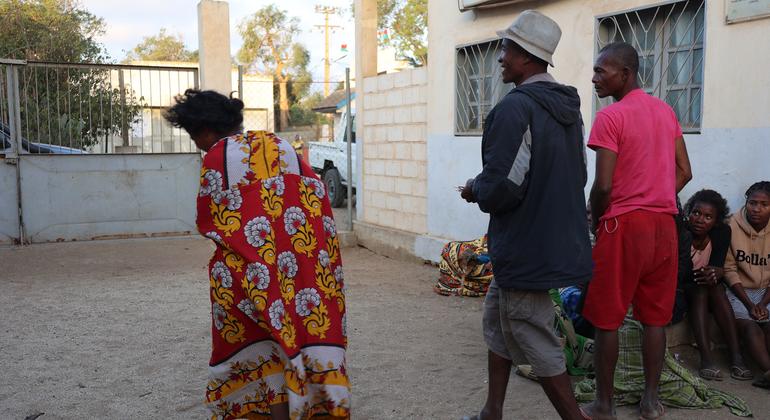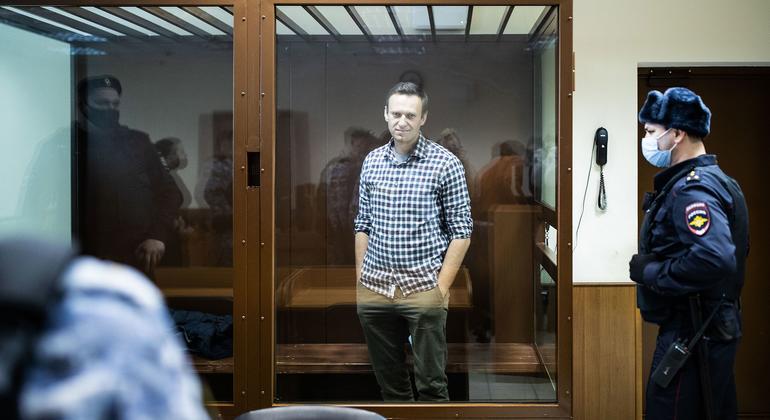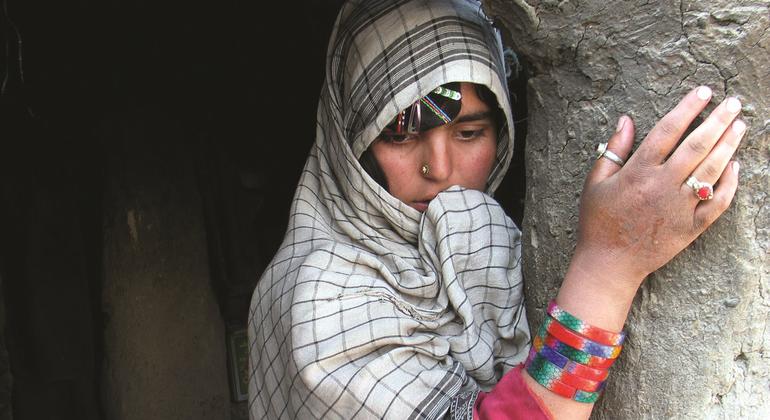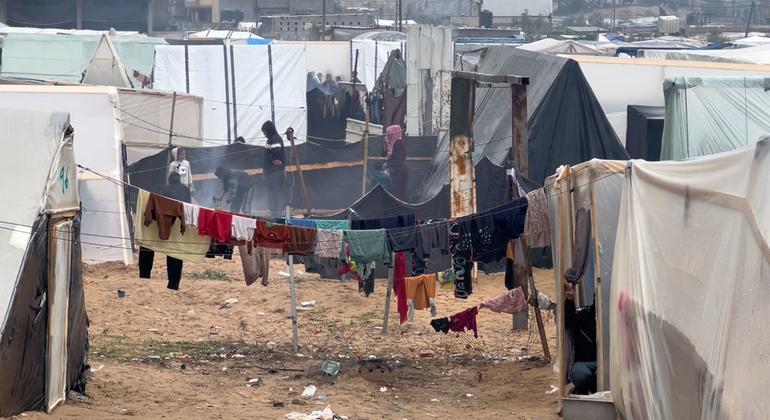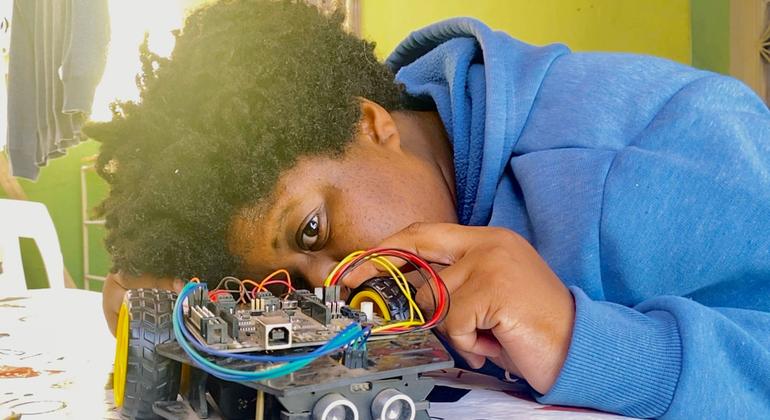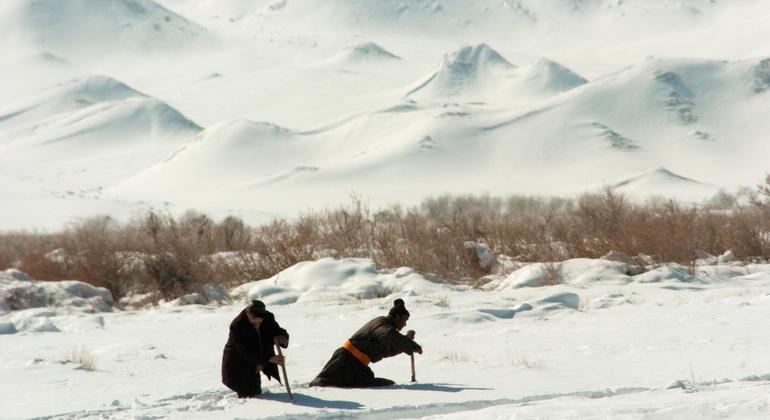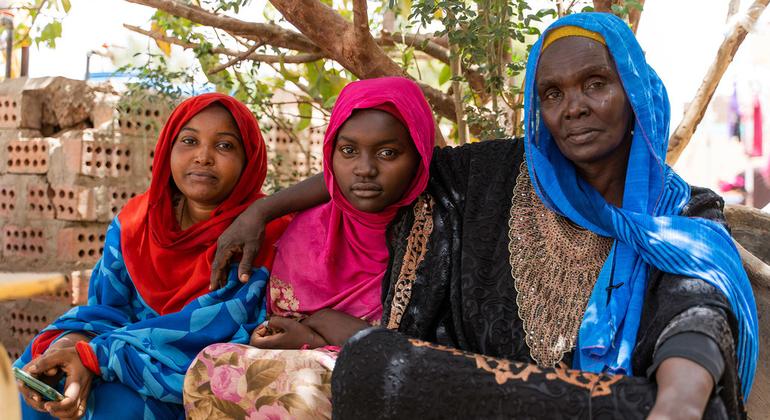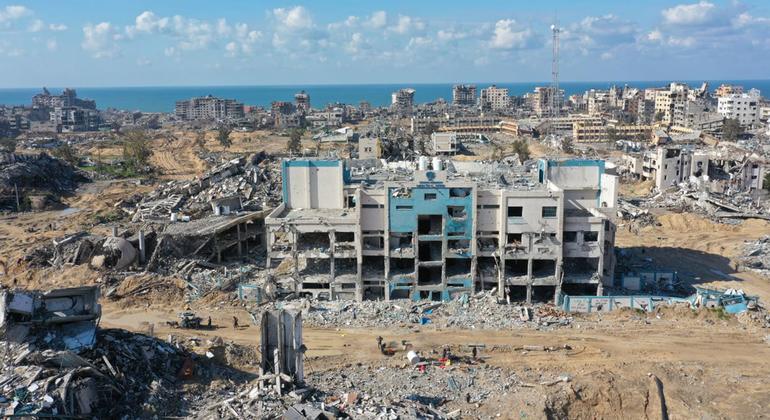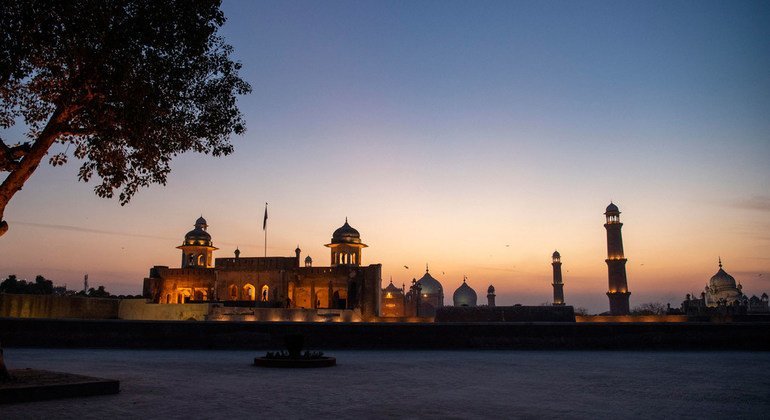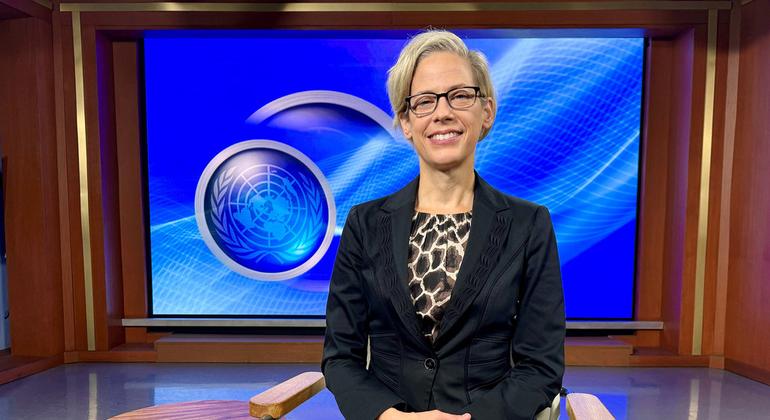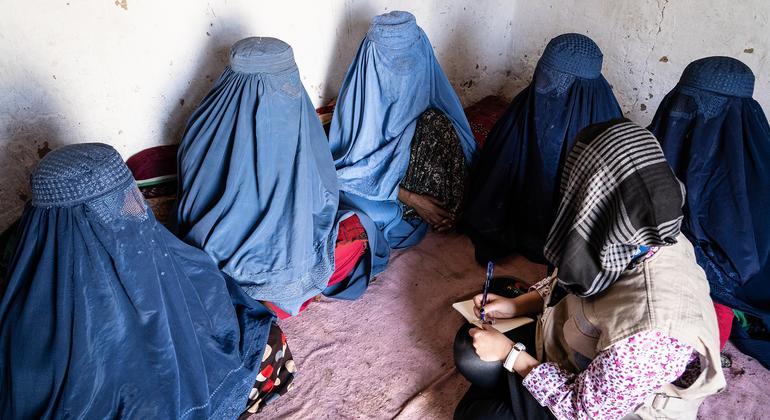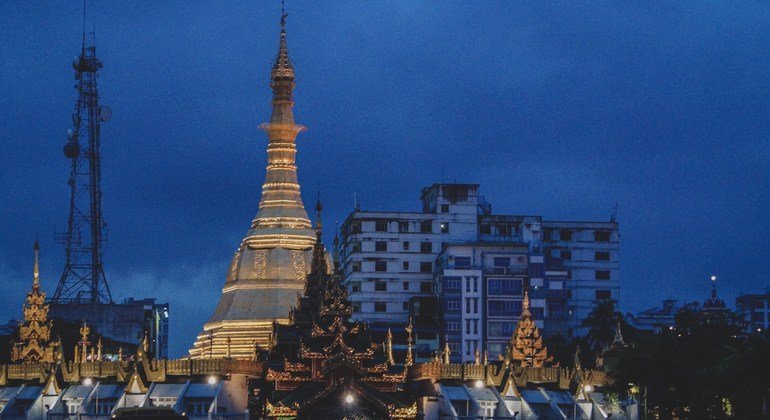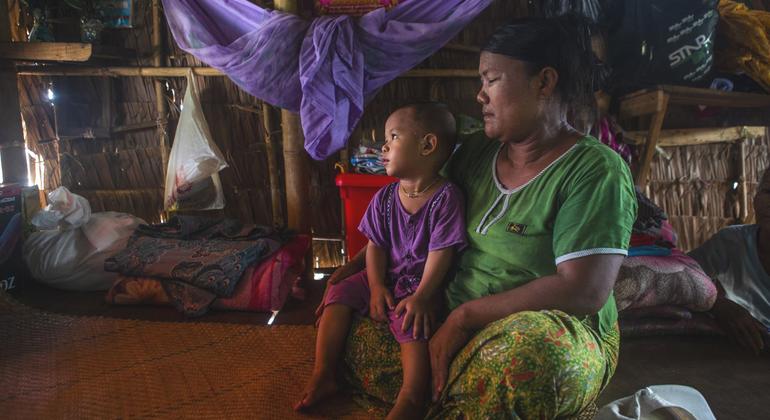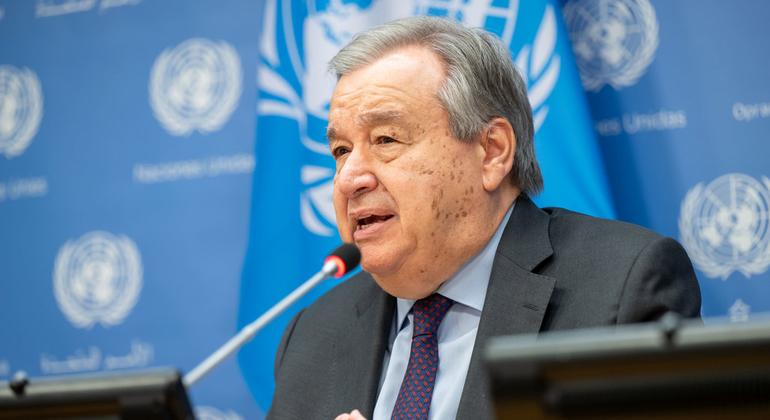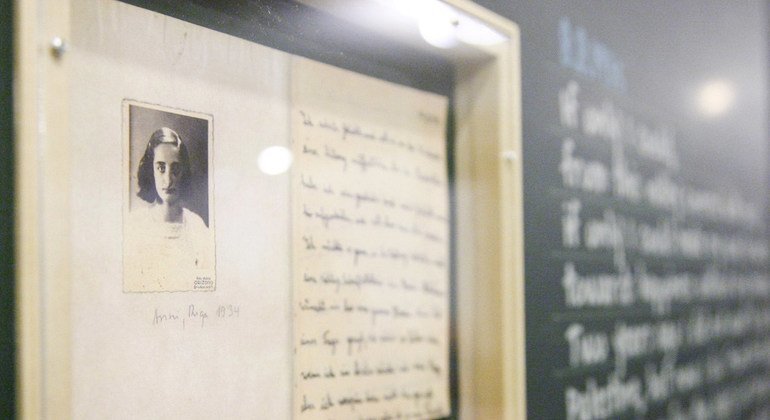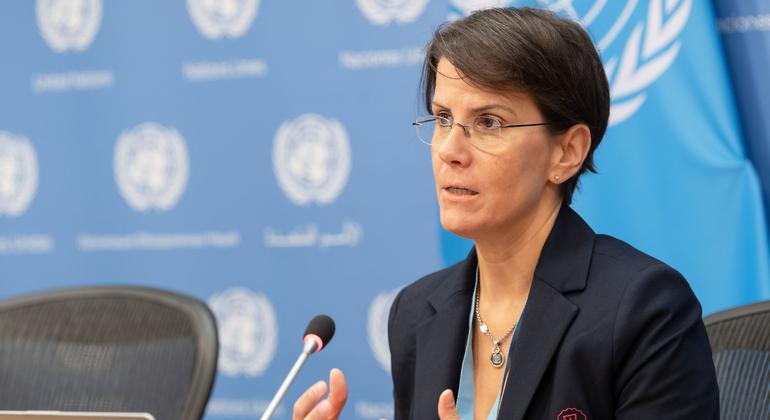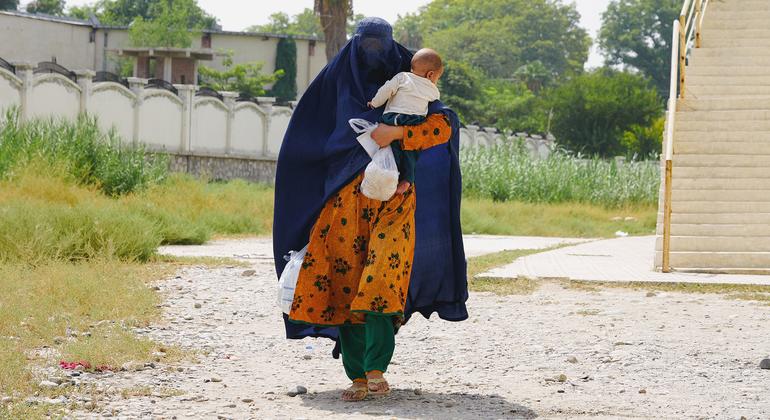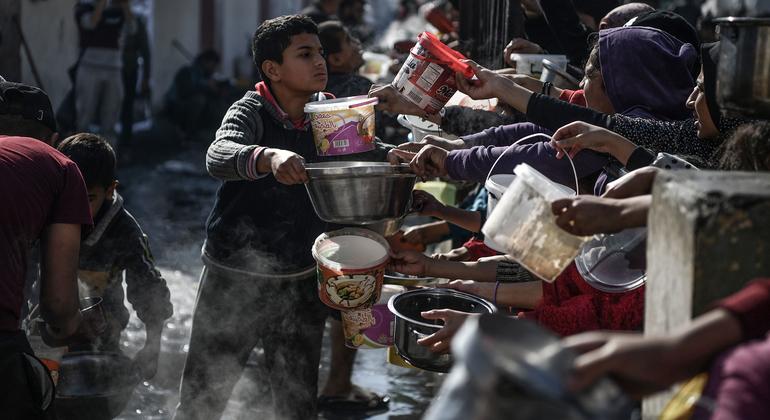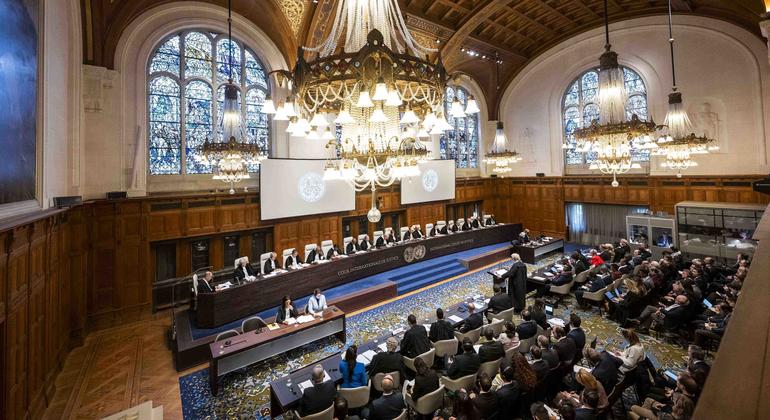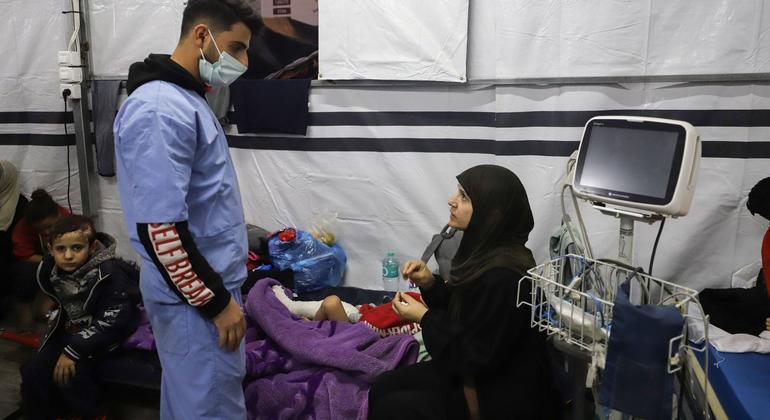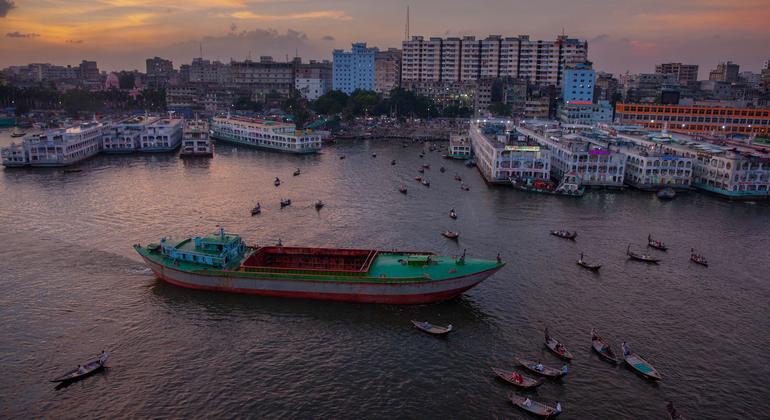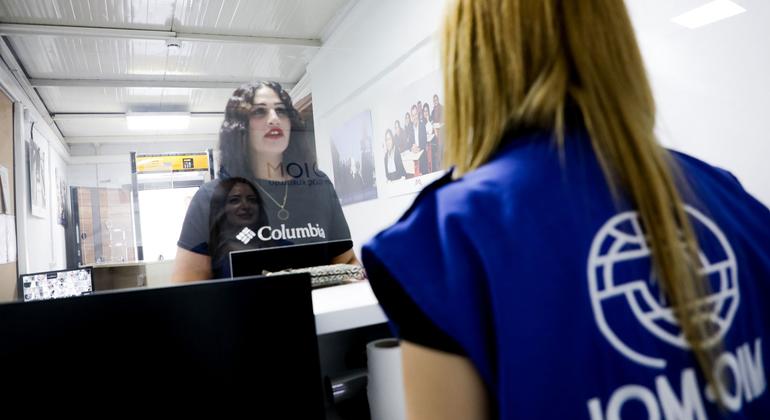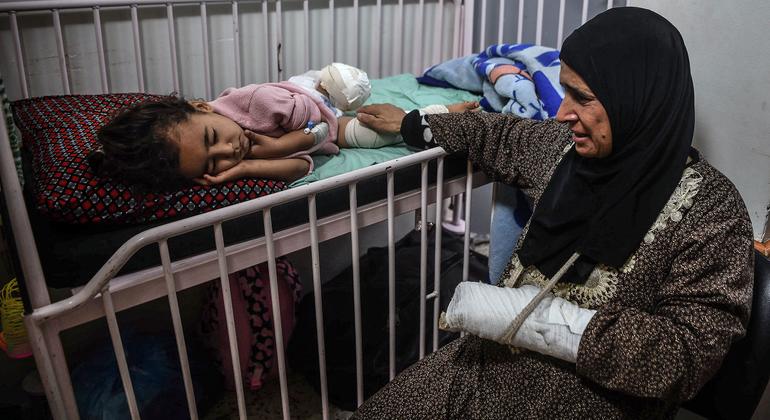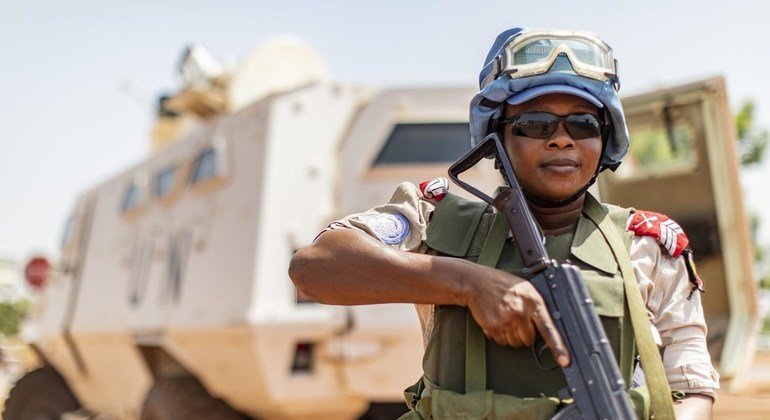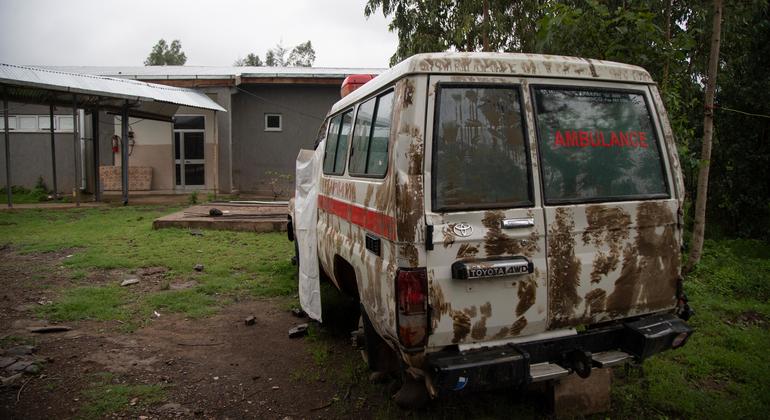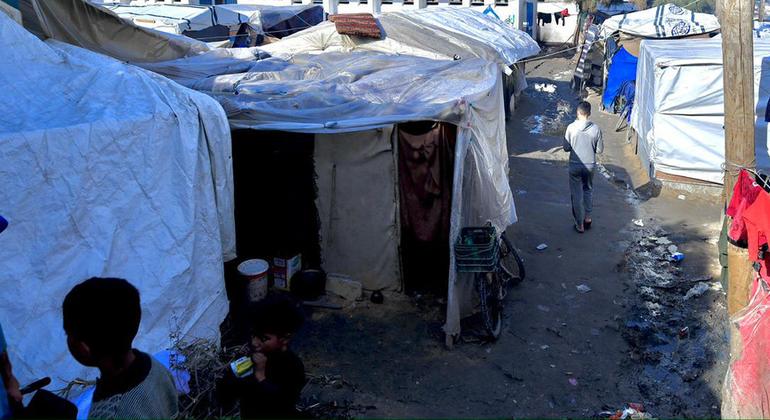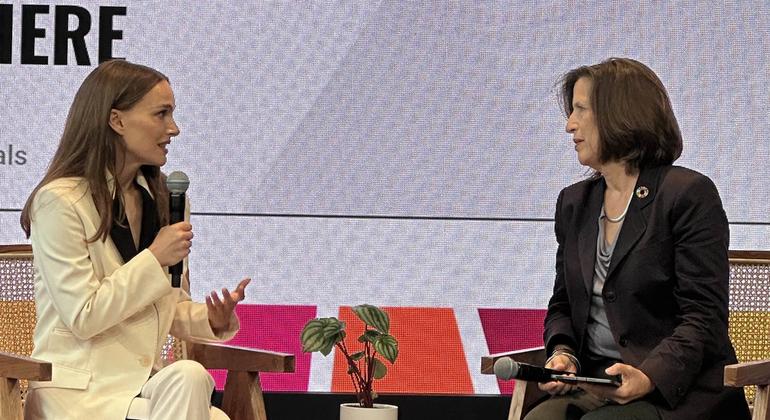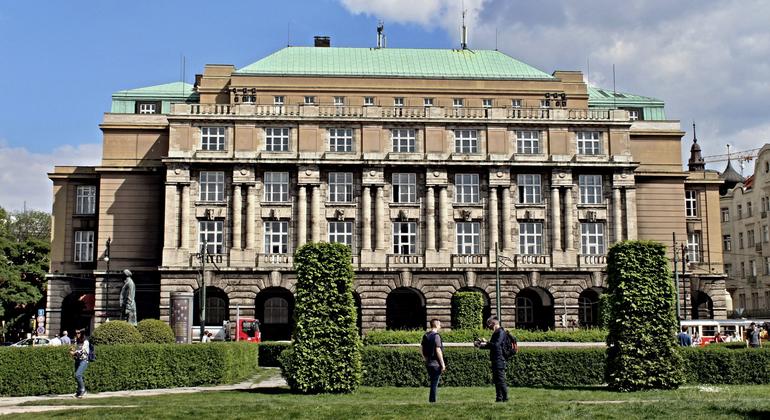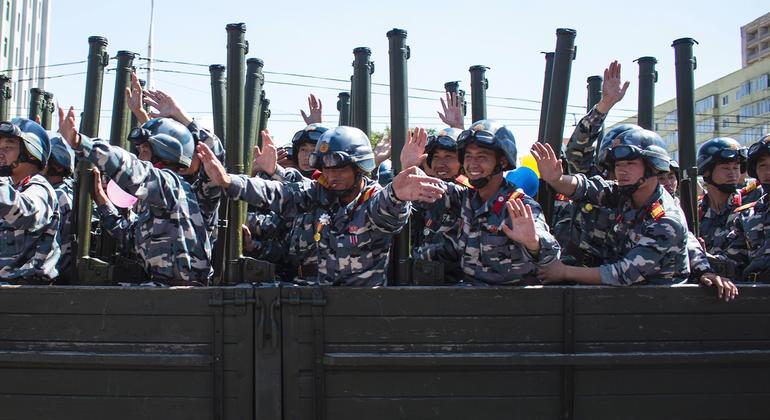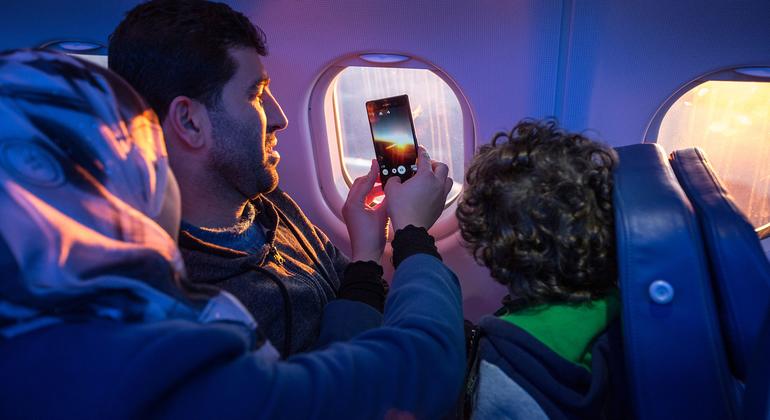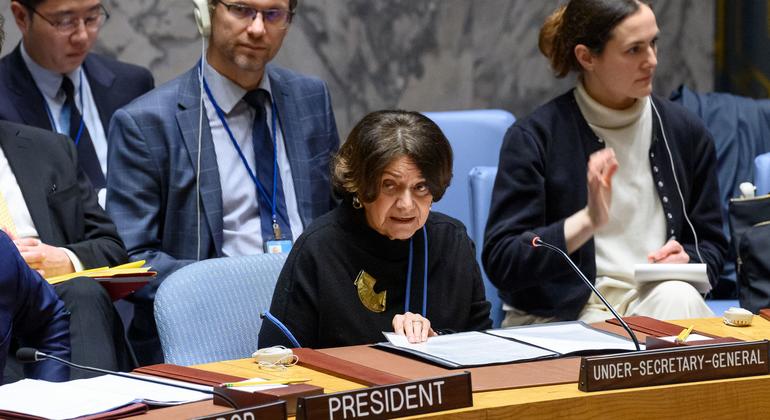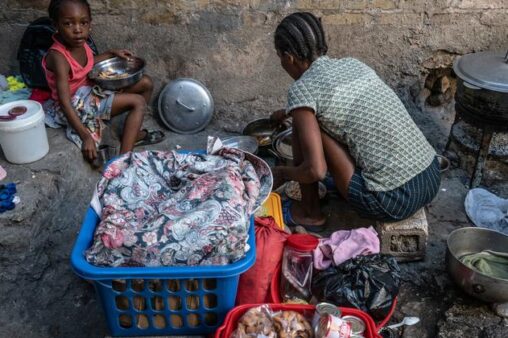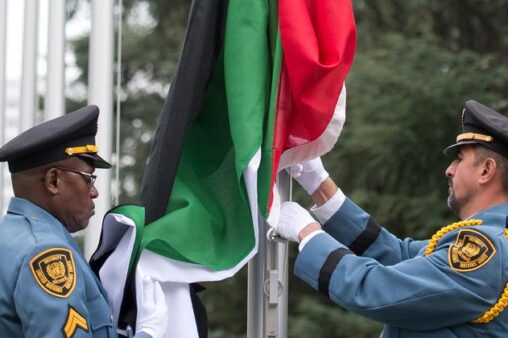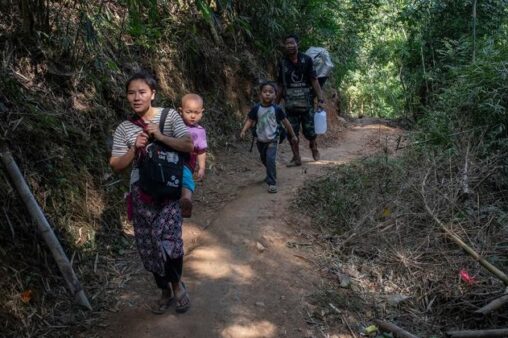‘Humanitarian disaster zone’: Gaza hospital capacity decimated – WHO
[ad_1]
![]()
Briefing reporters from Gaza, Dr. Richard Peeperkorn, WHO’s representative in the Occupied Palestinian Territory, described corridors overflowing with trauma patients at Al-Ahli Hospital in Gaza City, where doctors treat people on the floor and fuel, oxygen, food and water are scarce.
In just 66 days of fighting, the Strip has been transformed from a “reasonably functioning health system” producing health indicators “on par with neighbouring countries” to a situation where more than two thirds of its 36 hospitals and over 70 per cent of primary health care facilities are out of commission, Dr. Peeperkorn said.
Meanwhile WHO spokesperson Christian Lindmeier told reporters in Geneva that the Kamal Adwan Hospital – also in the north – was being “forcefully evacuated” on Tuesday morning, according to Gaza’s health authorities. Some 68 patients including 18 in intensive care and six newborns are reportedly at the site, alongside thousands of displaced people seeking safety. The hospital has been surrounded by Israeli troops and tanks for days, with armed clashes reported nearby, UN humanitarian affairs coordination office OCHA said. On Monday, the hospital’s maternity department was reportedly hit during shelling and two mothers were killed.
Mission fraught with ‘serious incidents’
Amid sky-high humanitarian needs in Gaza’s devastated north, Al-Ahli Hospital is severely short-staffed, Dr. Peeperkorn said, with over 200 patients but only enough resources to support 40. Unable to perform vascular operations, staff are carrying out limb amputations “as the last resort to save lives”.
Last Saturday a WHO-led UN and Palestine Red Crescent Society (PRCS) convoy encountered “serious incidents” during a mission to deliver trauma and surgical supplies for 1,500 patients to the hospital and transfer 19 critical patients and their companions to Nasser Medical Complex in south Gaza, the UN health agency said.
Detention at gunpoint
Dr. Peeperkorn described the numerous obstacles faced by this mission, including inspections at the Israeli military checkpoint at Wadi Gaza on the way north, where two PRCS staff were detained for over an hour. According to a statement released by the UN health agency on Tuesday, “WHO staff saw one of them being made to kneel at gunpoint and then taken out of sight, where he was reportedly harassed, beaten, stripped and searched”.
The WHO medic stressed that “nobody can be detained when they are part of a medical mission” and emphasized the fact that such vital humanitarian missions “cannot afford any delays”.
Dr. Peeperkorn said that arriving in north Gaza, which now “looks like a wasteland”, the humanitarians saw many people in the street surprised at the sight of the convoy, as there had been very little aid access to the north of the enclave for months now.
Deadly delays
Upon entering Gaza City the aid truck with the medical supplies and one of the ambulances which were part of the convoy were hit by bullets, WHO said, and on the way back towards southern Gaza, with the patients from Al-Ahli Hospital on board, “the convoy was again stopped at the same checkpoint, where PRCS staff and most of the patients had to leave the ambulances for security checks”.
Critical patients remaining in the ambulances were searched by armed soldiers, and one of the same two PRCS staff temporarily detained earlier on the way in was taken for interrogation a second time. Significant delays ensued and “PRCS reported afterwards that during the transfer process, one of the injured patients died, as a result of his untreated wounds”, WHO said.
After his release later that night “after joint UN efforts” the PRCS staff member said that he had been beaten and humiliated, then “left to walk towards the south with his hands still tied behind his back, and without clothes or shoes”.
Health system ‘must be protected’
WHO chief Tedros Adhanom Ghebreyesus expressed on social platform X on Tuesday his concern about “prolonged checks and detention of health workers that put lives of already fragile patients at risk”.
“The people of Gaza have the right to access health care,” he insisted. “The health system must be protected. Even in war.”
Disease on the rise
The scale of displacement in the Strip, where some 1.9 million people, the vast majority of Gaza’s population, have been forced to flee their homes, and conditions in overcrowded shelters including the lack of proper sanitation, have led to a massive increase in diseases, Dr. Peeperkorn said. There were already some 60,000 cases of diarrhoea in children under five and more than 160,000 cases of acute respiratory infections. Scabies, skin rashes, chicken pox and even meningitis are on the rise, alongside severe trauma and spinal injuries.
Meanwhile health workers lack basic essentials and are “completely preoccupied by the safety of their families”.
The UN health agency official stressed that it was imperative to make the primary healthcare system functional again and bring back maternal and child health, obstetric care, treatment for non-communicable diseases, oncology and mental health support among others.
More hospital beds in Rafah
In the south, which Dr. Peeperkorn called the “backbone” of Gaza’s health system, on Monday the Palestine Red Crescent Society began preparations for establishing a field hospital in collaboration with the Qatari Red Crescent Society, in Rafah governorate. WHO said that the hospital is set to have 50 beds, including an operating room, intensive care unit, reception and radiology.
The UN health agency stressed the importance of adding hospital capacity in the enclave. According to Gaza’s health authorities only one per cent of Palestinians injured in hostilities, or some 400 people, have so far been evacuated outside of Gaza for hospitalization through the Rafah border crossing.
Close to 50,000 people have been injured in Gaza since 7 October and some 8,000 of them require “urgent and immediate medical intervention”, WHO said.
[ad_2]
Source link





























